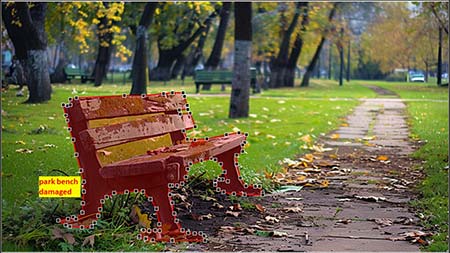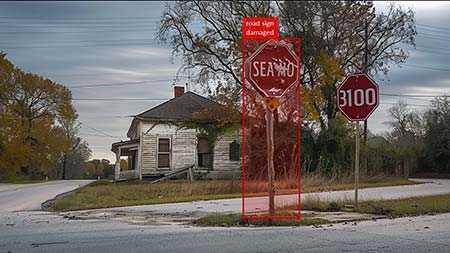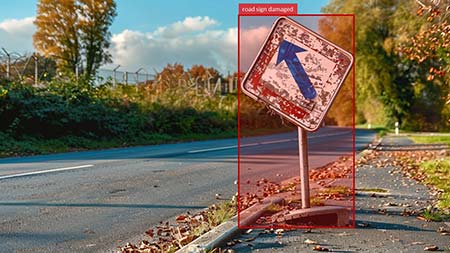
The client is a technology company that leverages annotated videos and images for public property damage assessment. They share site inspection reports about the condition of damaged assets with municipalities and maintenance agencies for social and traffic safety.
The client worked with municipal agencies to prepare site inspection reports that would facilitate and help prioritize maintenance activities. They video recorded objects like pavements, traffic signals, lamp posts, road signs, road markings etc. to detect damage in them. The video recordings were then converted to image frames for annotating and marking broken/damaged objects. Annotated images were an integral part of the inspection reports on damage assessment submitted by the client to the authorities.
The municipal authorities required daily inspection reports to help them plan their maintenance logistics. Meeting this daily deadline was proving challenging for the client. So, they outsourced their video annotation operations to HitechDigital. The client also looked at this project as an opportunity to create a training dataset of annotated images to train their AI model for future use.
To be able to meet project objectives, we assessed and documented potential challenges before kickstarting the project.
Designed and implemented a three-step workflow which enabled daily delivery of 1,000 annotated video image frames of property and site damage assessment to municipal maintenance agencies. The steps primarily included annotation of damaged objects in image frames using bounding box and polygon techniques. Roboflow was the annotation tool used.
 Damaged Bench
Damaged Bench
 Damaged Signboard
Damaged Signboard
 Signboard
Signboard
Quality check
To ensure 100% accuracy, all annotated images were verified for accuracy against pre-defined metrics by a dedicated QC person.
Roboflow tool for annotating images
